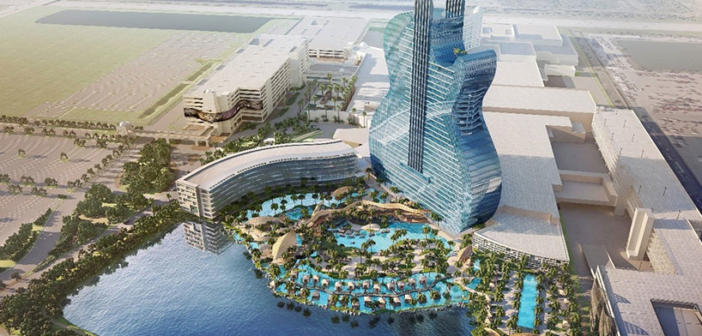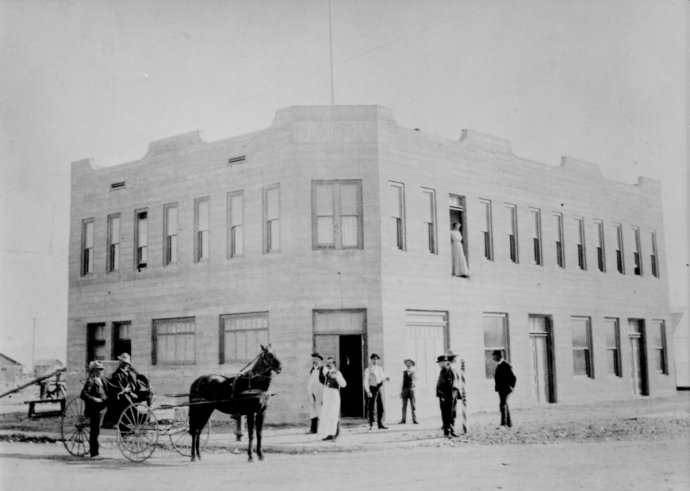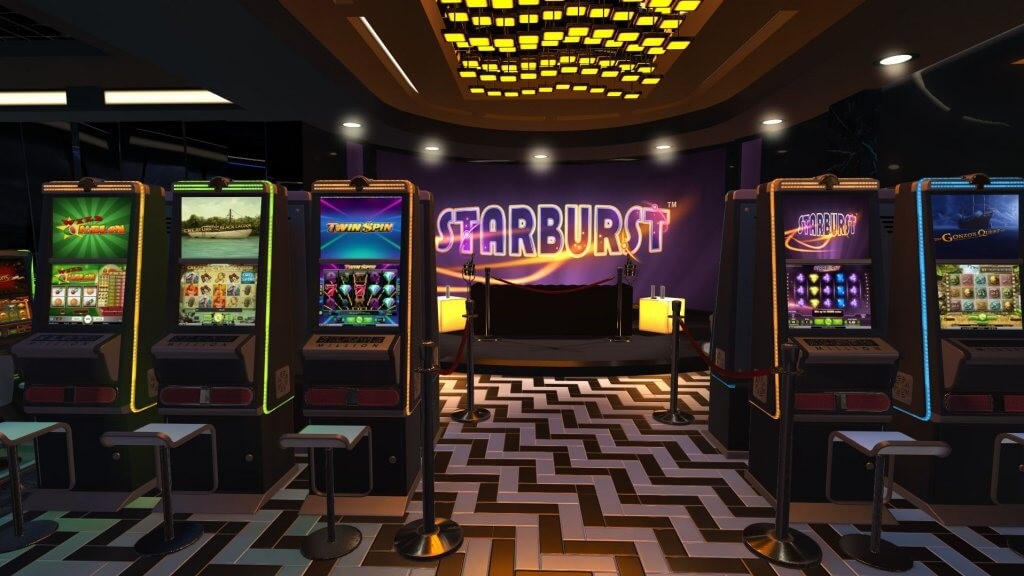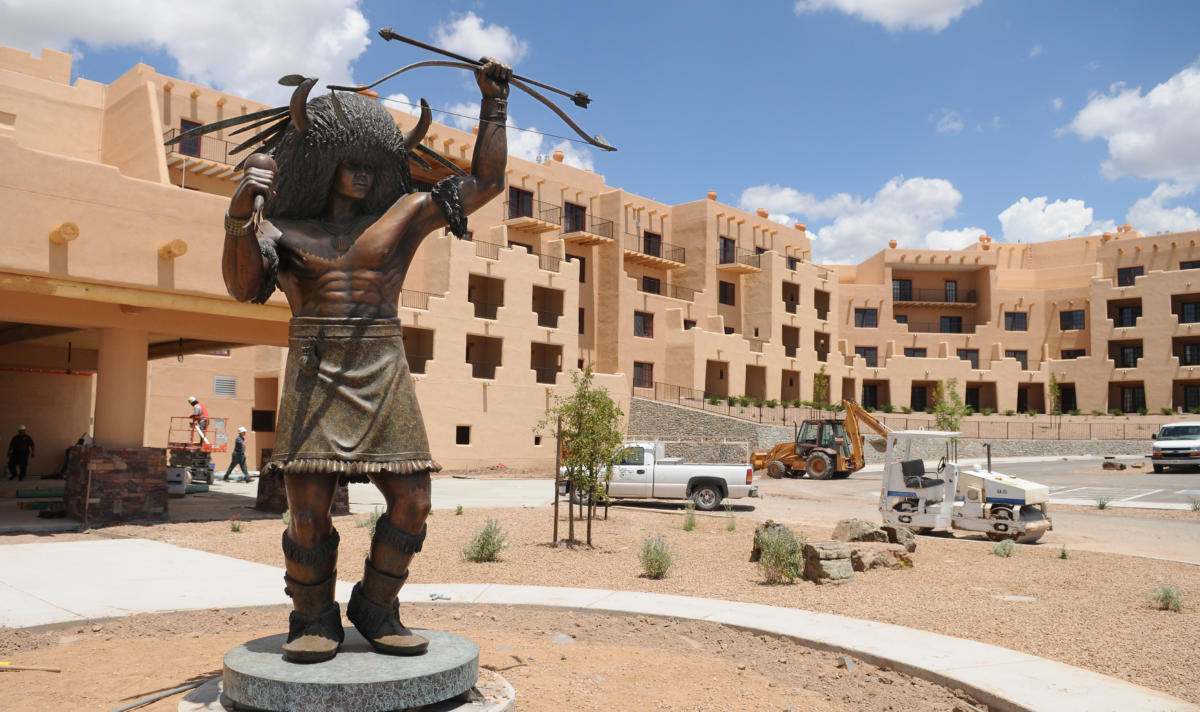
Through the years, the casinos have changed dramatically, where operators have carefully sculpted a frenetic path to prominence. Despite the rising competition over the past three decades, operators that has shown sovereign ideals, design excellence and careful planning have fueled the gaming growth.
Three distinct eras were marked by a delicate juggling of business and cultural expression interests, which have occurred since 1988. It simply began with people flocking to properties, if one built the property, people came. Design standards has risen during the 1990’s gaming’s second market phase.
Guest could not simply be hosted, they would need a wine to drink, to dine and have fun via comps, nightclubs and special events. In the modern realm, the millennial group gained more clout. Social media has created young gamers with apps, phones and touch-screen speed of play.
The operators started to embrace this factors to scrip their gaming presentation, from building size to design. Well-known architects and designers helped to sculpt the product. They blended natural elements, state of the art materials and the wishes of the managers into buildings that have to reflect a property’s identity. Competition increased, but so do the tools of construction.
First Design Era: Unique Theme

How Has the Casino Industry Evolved in Different Parts of the World?
The Cuningham Group based in Minnesota has produced several projects of all sizes for its clients, starting from the late 1980’s. For example, Tom Hoskens, Cuningham partner and vice president, has witnessed an entire tribal architecture story. Chef Boys from Thalden Boyd Emery said that some wanted to have a display similar to a museum. Some wanted the overall structure to have a contemporary look of Las Vegas. And others just want a very tribal structure. It is their decision.
Because the initial phase was going away, some mid-era tribal design wanted to stay in power. So operators started to attract visitors by creating destination resorts rather than a day-trip market. Amenities started to gain significance, from convention centers and nightclubs to 24 hour food courts and gourmet restaurants.
From an architectural point, the challenge was to bring all of these together. Tom Hoskens said that when people stay at a non-gaming hotel, they want to be near a checkout when they come down with the elevator. And at a casino property, they can go to a gaming floor as well.
The Second Era

Opportunities in the iGaming Sector
The Cuningham Group developed a philosophy and trade-marketed the term of “Every building tells a story”. Tom said that you can give the property a look, feel and sound that is part of that community. They discussed this with some operators and created something they wanted.
The partnership between the operators and architectural companies bore a fruit with varied levels of creativity. For example, Harrah’s Cherokee property from North Carolina became draped in architectural symbolism. Tom Hoskens remembers that they took the layers of curve in the Great Smoky Mountains, where the property sits and they have curved the rooftops after the mountains. In addition, the Cherokee has seven clans, so they created seven waterfalls coming off the porte cochere to symbolically represent that. The waterfalls can be a metaphor for them.
Tom also added that the main pathway of the casino has series of curves with light linear elements. And the LED used to light the meander through the casino is also curved and right above the pathway. In addition, the LED lights also have some beads that are strung down. The lights are shined on the beads and they move on the beads. This movement of light is like energy flicker and it represents the wind and there is another element that is highly thought of by tribal leaders, the wisp.
The Third Era

VR Games – Virtual Reality Casinos Are the New Boom in iGaming
The newest era, the third one, incorporates a budding age group. Millennials had become a high priority and architects debate what should they create for the people who like to play socially against each other. The Gen-X lounges become a premier consideration for this group. And there is also nature.
Because of technology, people are spending more time inside buildings and cars. It has been argued by many that the lack of physical activities will disconnect the human from nature. A smart gaming design can come with a solution. Many of the casinos are in gorgeous settings. Hosken also added that The Cunningham Group can bring nature inside. If a facility is created with natural light and natural views, people will stay longer. The casinos that don’t have the natural advantage have instead created monitors that show waterfalls and forests.
Variations of Themes: Tribal
For example, tribal casino operators are more open in adding variations of different tribal themes. Chief Boys, a Cherokee tribal member has more than 50 years of architectural experience. Thalden Boyd said that it’s not easy to blend a tribal design, because these entities must balance the interests of cultural expression with modern-day need in order to create competition with other properties.
Also, when it comes to tribal members themselves, each of them add a theme of their own. For example, a Cherokee member will add all the Cherokee motifs out there, and that means positivity for that person. Near Santa Fe, New Mexico is The Buffalo Thunder casino, which is known for it tribal heritage. It was opened by Pueblo of Pojoaque organisation and it oozes with Pueblo theme.
The front entrance is guarded by a fierce bronze dancer and the property contains every American Native artwork from New Mexico. The Pueblo influence comes from the hotel rooms, wall and glass patterns, alongside the furniture. This influence even reaches casinos online fuera de España. Being expressive is one consideration, but the bottom line is to be different even among the tribal officials. In addition, adding parking lots is a plus, and Boyd believes that movie theaters are also a strong option.
Other Partnerships: Cleo Design

Seminole Hard Rock Hotel & Casino Gets Guitar Solo
Another company that has a strong relationship with a casino operator is Cleo Design, which is based in Las Vegas. For 16 years, the design company had a powerful relationship with the Seminole of Florida. Ken Kulas who co-founded Cleo Design with Ann Fleming recounts the collaboration with the Florida operator. The operation that predated the casino gaming was called Seminole Bingo. When the operator approached Kulas and Flemming, the bingo hall would become something much more.
Kulas remembers when they were escorted in a small single-story room and they studied the existing design, knowing it was personal for the Seminoles. They wanted to embrace the essence of the Native American tribe. The room had to be relocated and to be introduced to a new brand, Hard Rock Inc.
The idea was to conceive a mega-resort with amenities, gaming, guest rooms and designed materials. By 2001, the masterplan would become the popular Hard Rock. The design process is unique to everyone, in the mid 2000s, casino operators looked for an influence to the design that was special and relative to the specific tribal designs.
The patterns of a casino carpet or a decorative chandelier might have a suggestive design element that was filled with pride and regional references. The tribal gaming facilities from all over the US began to adopt this formula. Just like Las Vegas has found a competitor in Atlantic City, the gaming industry had to respect the Native American presence.
In the current day, there is still a hands-on approach to casino development by a select group of casinos, despite the popularity of an online casino, like Admiral Casino. In addition, operators start to outsource the development process to professional teams.
YWS Design & Architecture
Cleo Design isn’t the only company that shares its thoughts on collaboration with a casino operator. YWS Design & Architecture is an international design firm that can be found in Las Vegas and Singapore. The company is specialized in leisure environments in hospitality, gaming, retail, dining and entertainment. The company was founded in 2001.
One of the most recent projects of YWS Design & Architecture is the Sandia Resort and Casino in Albuquerque, New Mexico. It was a massive expansion of a distinctly New Mexican resort into a regional hot spot. The idea that started the transformation was an ethereal spa experience. The earth is reflected in sandstone walls and the sky is reflected by some dramatic skylights. The resort is situated at the base of the Sandia Mountains which adds an expansive view of the river valley below.
Mike Steward, global director of YWS thinks that this is how the majority or all gaming markets evolved, including Las Vegas and Macau. Las Vegas developed before others by taking large-scale opportunity in order to reinvent itself and increase the size of its market. Macau is in a similar position, they are also looking for the right combination of amenities to attract new visitors while retaining the existing ones. Mike also believes that other markets throughout the U.S should continue to reinvent themselves, not necessarily on the large scale.





